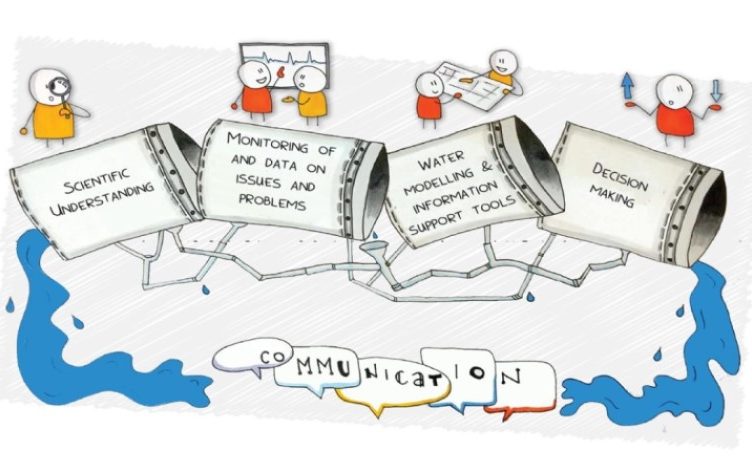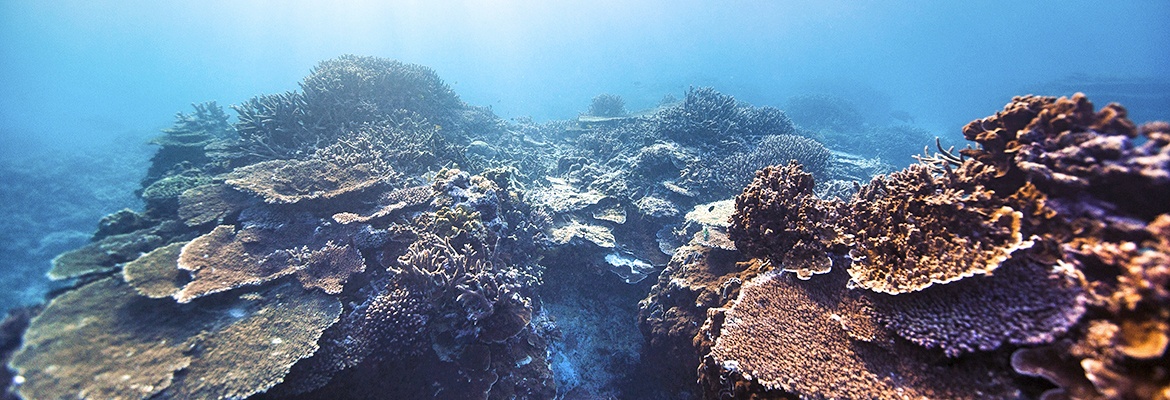
05/12/2024
Event Summary: Overview of water quality modelling projects from the Queensland Water Modelling Network with Callym Dunleavy
Read more
The QWMN Innovation Program focusses on building closer relationships between researchers, industry and government to improve innovation outcomes and build the next generation of water modelling leaders for Queensland. Projects for the Innovation Program started in earnest this winter.

At the heart of the Innovation Program are the Innovation Associates, five outstanding future water modelling leaders who have embarked on a three-year journey, undertaking applied research that straddles the boundary between theory and practice, to contribute to both, and to gain a doctoral qualification in the process. The Innovation Associates are:
We want to welcome the Associates and to introduce them to you. We wish them every success and look forward to seeing how they progress their applied, innovation-oriented research over the coming years.
More information on each Associate can be found below.
Laura has over 17 years’ experience in hydrogeological consultancy, starting her career in the United Kingdom before moving to Australia in 2010. She’s worked on projects across the world, which have ranged from initial high-level scoping studies of hydrogeological systems, through to complex conceptualisation and numerical modelling for resource project Environmental Impact Statements. A large proportion of projects have included the assessment of potential impacts to water dependent assets including private bores, rivers, and Groundwater Dependent Ecosystems. Her PhD will focus on improving the understanding of groundwater evapotranspiration from GDEs, with the aim of reducing the uncertainty inherent in modelling GDEs for water resource assessments.
Cherie has over 15 years of professional experience as an Environmental Scientist/Officer. Following contributions to research on the impact of land runoff to marine cyanobacterial blooms, she has then been involved in all aspects of design, assessment, construction delivery and compliance for stormwater quality matters related to a range of urban developments and community infrastructure. Cherie has represented Noosa Council on the Healthy Land and Water Monitoring and Evaluation Steering committee over the past six years and is now excited to join the QWMN as an Innovation Associate PhD candidate. Her candidature with the University of Southern Queensland, in partnership with the Bureau of Meteorology, is investigating modelling methods, including using artificial intelligence to improve water quality forecasting of ungauged catchments that drain to the Great Barrier Reef.
Chinenye graduated with a Bachelor’s degree (with honours) in Mathematics from the University of Jos, Nigeria in 2015. She completed a Masters in Mathematical Science at the University of the Western Cape, South Africa in 2017 and continued to a Research Masters in Applied Mathematics at the University of Cape Town. Her research involved the use of mathematical models to investigate the chaotic dynamics of magnetic field lines in a nuclear fusion device. She is enthusiastic about using mathematical models to solve real life problems. She is currently a PhD student at James Cook University, Australia and an Innovation Associate of the QWMN. Her project is focussed on developing an improved biogeochemical model for the Great Barrier Reef that builds upon the existing world-class eReefs models, but better accounts for processes and responses relevant to climate change scenarios.
Filipe Pinhati is an Innovation Associate at the QWMN, carrying out a PhD research at The University of Queensland, with partner organisation SEQ Water. He started his career as a high-school Geography teacher, then moved into the Brazilian Federal Government, where he held positions as an Agricultural Engineer and as a Manager of Farming Evaluation at the Brazilian Bureau of Indians Affairs (Funai), as a Manager of Survey and Forest Demarcation at the Brazilian Forest Service (SFB) and as a Senior Spatial Analyst at the Brazilian Water Agency (ANA). He then moved to Australia where he worked as an Environmental Scientist at Gilbert & Sutherland Pty Ltd, until his current appointment. His research has involved modelling the impact of small on-farm reservoirs over water availability within catchments with extensive irrigated areas and the potential expansion of irrigated land within such catchments.
Chao Deng is currently a PhD student in Civil Engineering at Griffith University, Gold Coast Campus and an innovation associate of the QWMN. He has degrees in Environmental Engineering and Water Science from China Agricultural University and University of Guanajuato, respectively. His previous research experience consists of micro-polluted water treatment, environmental pollution chemistry of POPs, recovery of valuable resources from e-waste, water resource modelling and hydrology. He has published several peer-reviewed manuscripts. His current research interests involve water resource management and flood modelling.